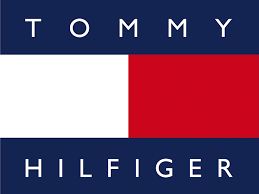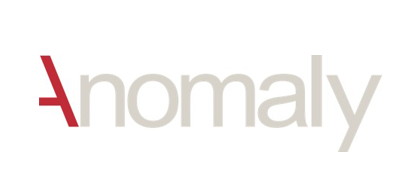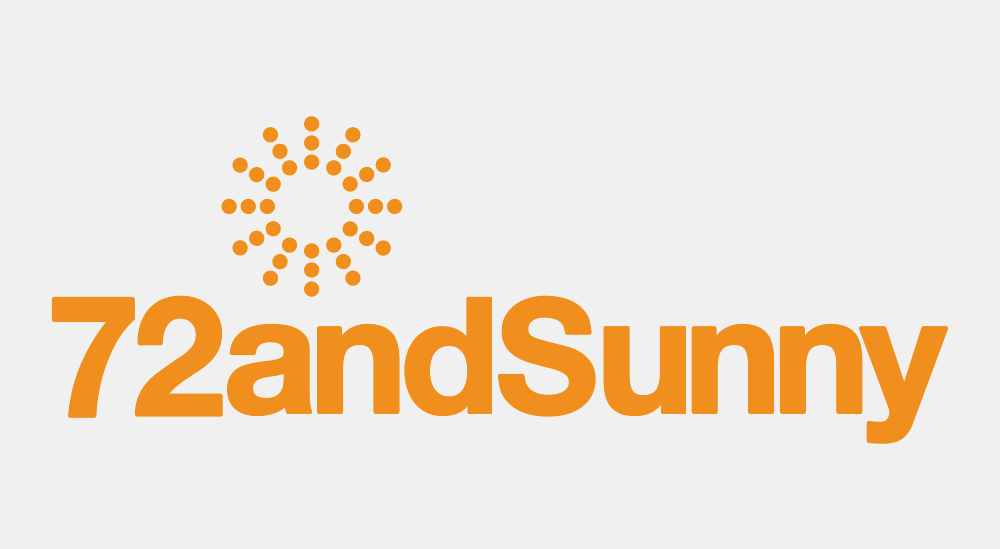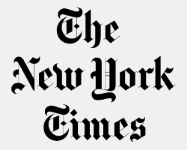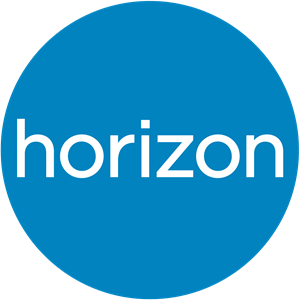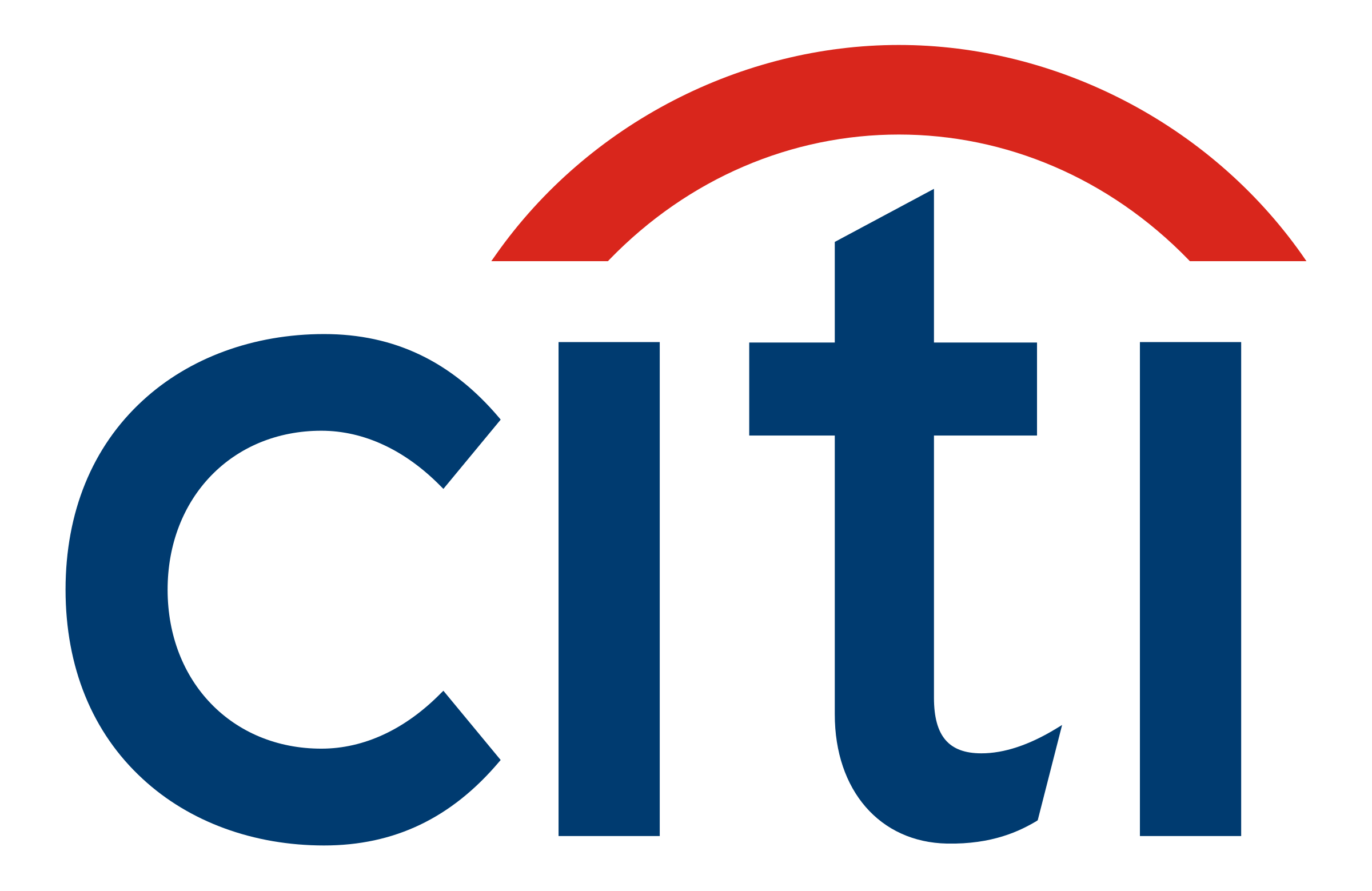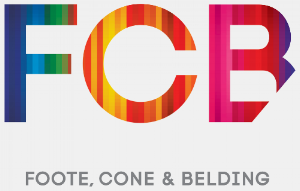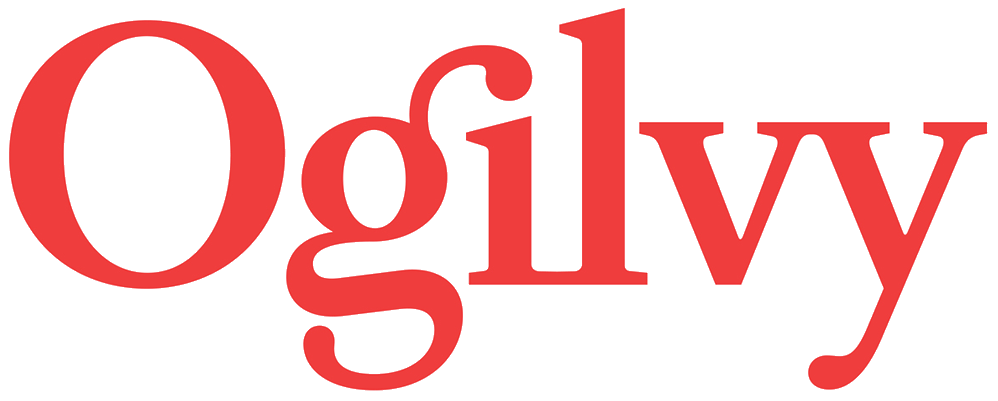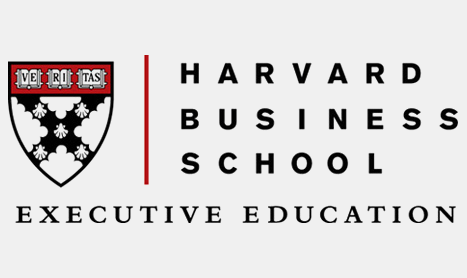The story of how we built a company. If you missed them, here are Part 1 and Part 2.
-----------------------------------------------------------------------------
As a very junior account executive at Ogilvy & Mather, I heard Kelly O’Dea - who went on to become President of three different worldwide ad agencies - describe trying to get to a new business presentation in Miami from a snowbound New York. With every airport in the Tri-state area closed, it was apparent that the Ogilvy team wasn’t going to make it in time. “We’ve tried everything,” Kelly was told. “You can’t get there from here.”
Kelly paused and then said, “where can you get there from?”
The answer, it turned out, was Washington DC. I can’t remember whether they won the business. It doesn’t matter. What matters is they knew where they were going. And they knew where they were.
The rest is a matter of geometry.
By early 2000, The Lookinglass Company was, by any measurement, successful. We had fifty employees, two offices, serious profitability, award winning work (including editing the best commercial in the world that year) and great office parties.
We were not, by any measurement, ‘the best film editing company in the world', however. And the truth, as I was becoming increasingly aware, was that we couldn’t get there from here.
Film editing companies are fueled by the creative quality of the projects they work on. In the advertising industry, those commercials rarely make you any money. They do, however, make you aspirational to potential customers. And aspiration is a powerful metric in building customer loyalty.
Which brings us to the Whitehouse.
The Whitehouse in 2000 was a London based film editing company owned by three of the best film editors in the world. Rick Lawley, John Smith and Andrea MacArthur. In my view, John is the best pure editor I’ve ever come across. And they had working for them an editor named Russell Icke, who was potentially the best of them all. Their work was, by every definition, aspirational.
In February 2000, we had a cup of coffee with Rick in the chilly basement of their Soho offices, a stone’s throw from Carnaby Street. He’d been describing the latest approach from a US editing company interested in buying the Whitehouse and ended the story saying casually, “I don't see a reason to sell my company to them.”
We got on the plane home that afternoon. As we took off I turned to Chris and said, “do you think he’d sell it to us?”
We were back two months later to ask him the question formally over lunch. It was April 27th. My Father’s birthday. And as we explained our vision, Rick fell silent for about twenty minutes. It was the only time, before or since, that I saw him lost for words.
The vision, simply, was that we put the two companies together. Integrate them. Utterly and completely. No marketing alliance. No affiliation. A pure and absolute merger. Their creative profile on our business model. A true network, without regard for geography or time zones. Talent + opportunity. 2+2 = 1000.
The deal took eighteen months to negotiate and paper. Technically, it was probably part merger, part acquisition, but in practice we worked very hard to make sure everyone had an equal voice and shared responsibility. The deal had to be re-negotiated entirely at one point when Andrea decided that she was chemically more interested in starting her own business. Differences are never the problem. Unwillingness to confront differences openly are the problem. Andrea started a company called PeepShow which she has since expanded into the US as well. She did it her way and their work speaks for itself.
The negotiation with the Whitehouse was as challenging as anything I’ve ever done. We learned about LLCs, and S-Corps and Ltd’s. We learned about investment basis, valuation methods, capital accounts, preferred and common stock. We learned the tax implications of phantom ownership, US state tax law (which can extract more than 100 percent of your state tax obligation if you get it wrong), the value of being a US citizen and the cost of equalizing those that aren’t. We learned about VAT returns, UK employment law, inheritance law and what due diligence can mean and should mean. We ran up several hundred thousand dollars in legal and accounting bills to acquire this knowledge, and several thousand more in travel costs in both directions.
There were any number of times it could have fallen apart. When it seemed easier to stop. When the issue of who paid for employees' coffee threatened to derail us. But we managed always to keep to the fore the vision that this would change the way the industry worked. That if we could take the best parts of both companies and truly integrate them, that we would establish so significant a competitive advantage that the rest of the industry might never catch up. (In my view, four years after we left, the Whitehouse still stands alone in its depth of talent and ability to support clients effortlessly around the world.)
By Labor Day that year the various agreements were in the last stages of being finalized and a signing ceremony had been scheduled in Chicago for September 15.
September 15, 2001.
Then the world changed.




